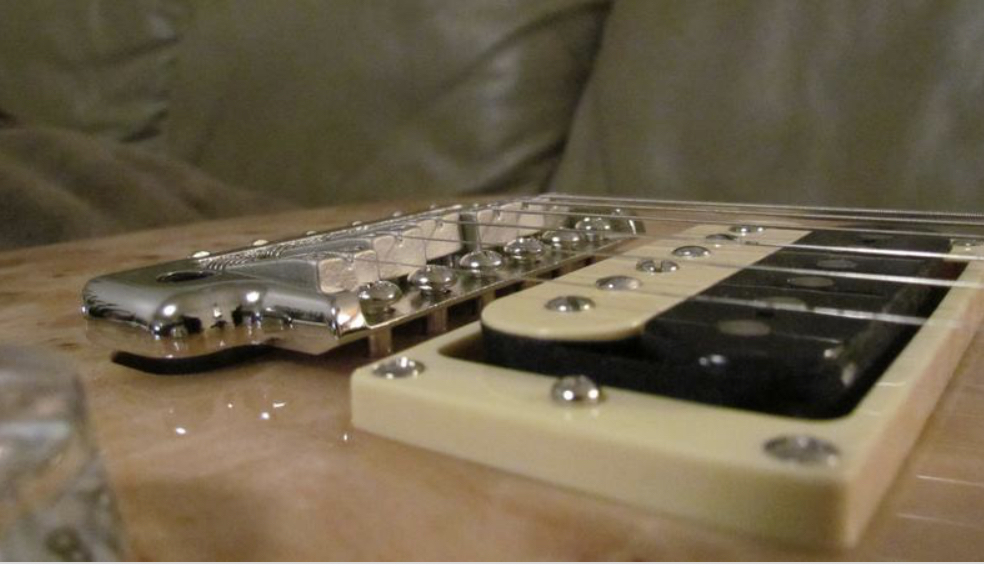davesultra
New Member
- Joined
- Feb 1, 2015
- Messages
- 158
More of a lurker than a poster, but I have a question. I recently picked up a pretty clean ‘94 CE22 and not having a great wealth of knowledge regarding the trem, I’m curious. When properly adjusted should the trem sit even with the guitar body, or should it be tilted a bit forward or back? While I have owned quite a few PRS guitars over the years, they’ve pretty much all been wrapover models. Anyway, if I missed something I apologize. Any insight will be greatly appreciated!


